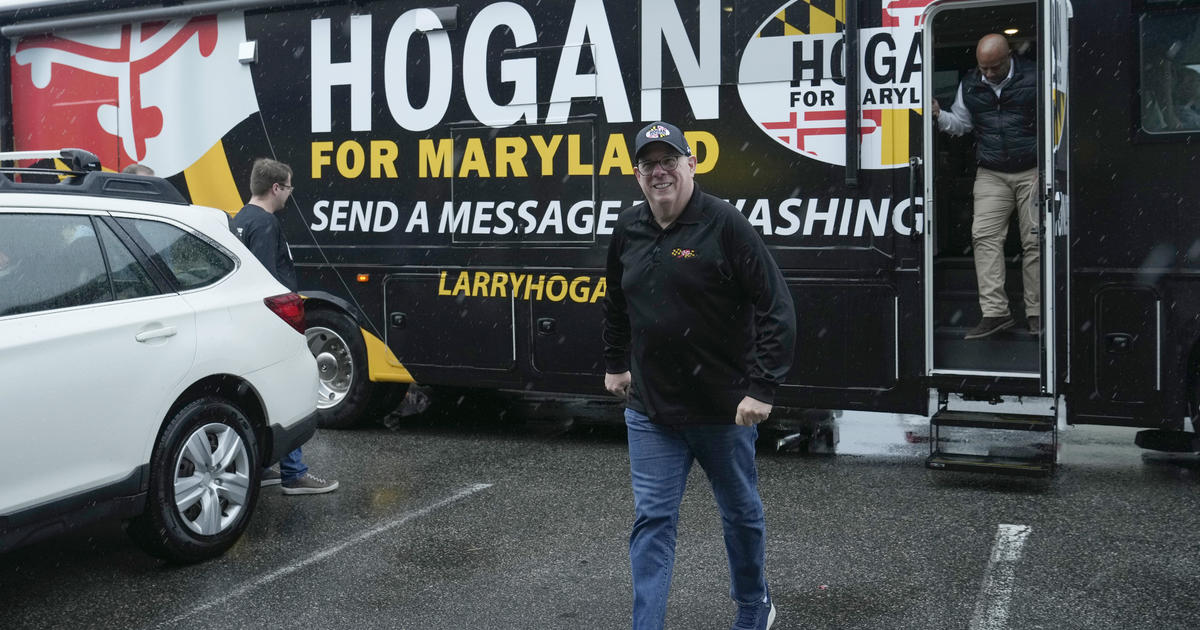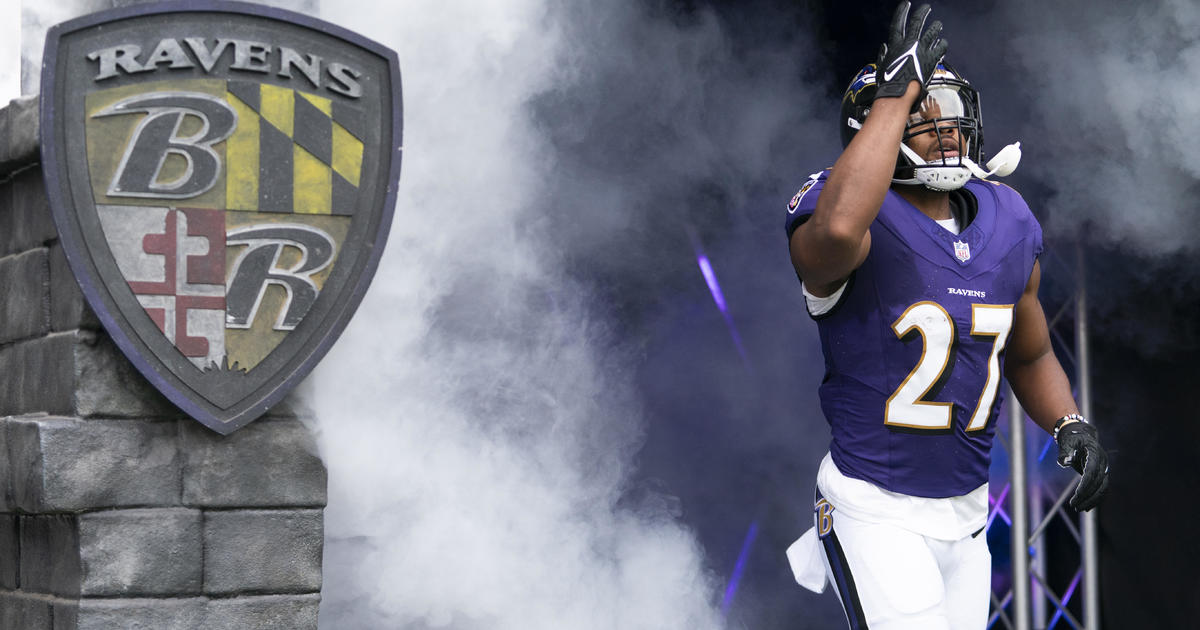NFL Struggles To Make Sense Of College Video Game-Like Stats
INDIANAPOLIS (AP) — East Carolina's Zay Jones came to the NFL's annual scouting combine with some pretty lofty credentials.
The son of three-time Super Bowl champion Robert Jones finished college as the FBS' career receptions leader. Here, in Indianapolis, he's just another guy in a crowded room of record-breaking players.
A few spaces to his right is Eastern Washington's Cooper Kupp, who caught more balls than Jones. Western Michigan's Corey Davis, the FBS' career yardage leader, spoke in the previous group. Jones knows both and is thrilled just to be included in the crowd.
"Cooper and Corey are great players and it's phenomenal to be around them," Jones said with a smile. "You know what people sometimes forget is that I'm a football fan as well, so when I get to see them here it's fun."
The numbers indicate they've had some fun playing football over the past four or five years, too.
Jones set a single-season FBS record with 158 receptions in 2016 and finished his career with 399 catches for 4,279 yards at the only school that offered him a scholarship.
Davis had 331 catches for 5,278 yards and 52 touchdowns after taking a chance on a first-year coach who made a late recruiting pitch.
Kupp, a four-time All-American, wound up with 423 receptions, 6,464 yards and 73 touchdowns after a late growth spurt helped him become a prototypically sized receiver at 6-foot-2, 205 pounds.
But in a league where coaches and general managers crave productivity these video game like numbers are viewed skeptically.
"In those evaluative opportunities, whether it's in a game situation or here at the combine, you've got to determine what you're looking for and what you're going to ask the guy to do," Houston Texans general manager Rick Smith said. "Then you've got to project in some instances, especially when you're talking about spread offenses or things guys are doing that aren't necessarily indicative of what you're going to ask him to do in your scheme."
It sounds strange in a league where numbers often dictate everything from a coach's fate to Pro Bowl selections to who gets drafted.
The problem is that the rise of spread offenses, a longer schedule and the implementation of overtime has rendered some of the old measuring tools sticks obsolete.
Patrick Mahomes II, the son of a former Major League Baseball pitcher, led the FBS with 5,052 yards last season and didn't even set a Texas Tech single-season record.
San Diego State's Donnel "D.J." Pumphrey and Texas' D'Onta Foreman both rushed for more than 2,000 yards in 2016, but were mostly overlooked as they sat in neighboring interview booths Thursday.
North Carolina receiver Ryan Switzer scored on seven punt returns and had two called back but didn't even get one of the high-profile spots. He sat at a table Friday, where he was peppered with questions about his college roommate, quarterback Mitch Trubisky.
The players get it.
"It's going to be completely different next year just because I'll be going against the best of the best," Pumphrey said. "I'm not going to be in the Mountain West, and it will be very different."
The level of competition is one concern.
Many also will be trying to learn more conventional offensive schemes. The routes, play calls and personnel all will be different and even seemingly simple things, like getting in and out of huddles, can become big obstacles.
The transition won't be easy and the NFL history books are littered with names of college stars who never lived up to the hype.
Still, Baylor quarterback Seth Russell believes there are facets of these wide-open offenses that will help.
"I think everybody has strengths and weaknesses and I think the good coaches use those strengths," Russell said. "They'll go into the league with a lot of confidence because they make the big throws into tight spaces when they need to, they can make the big catch when they need to, they can make the big tackle when they have to."
Of course, everything is secondary to making plays in the NFL.
But after productive college careers, players such as Davis, Jones and Kupp are getting a hard lesson in what matters in Indianapolis -- speed, strength and agility.
Pass those tests, and all three will get a chance to prove they're as good as the stat lines suggest.
"I'd be the first to tell you that stats lie and at receiver more than any other position, stats lie," Kupp said. "The guys that last are willing to put in the time and I almost pride myself on that. That's who I am and I'm excited to take that to the next level."
Copyright 2017 The Associated Press. All rights reserved. This material may not be published, broadcast, rewritten or redistributed.



